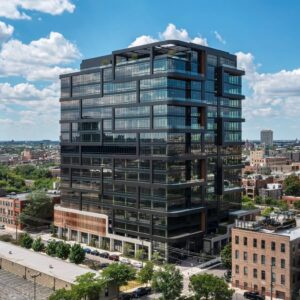Why Retail Belongs in Office Projects
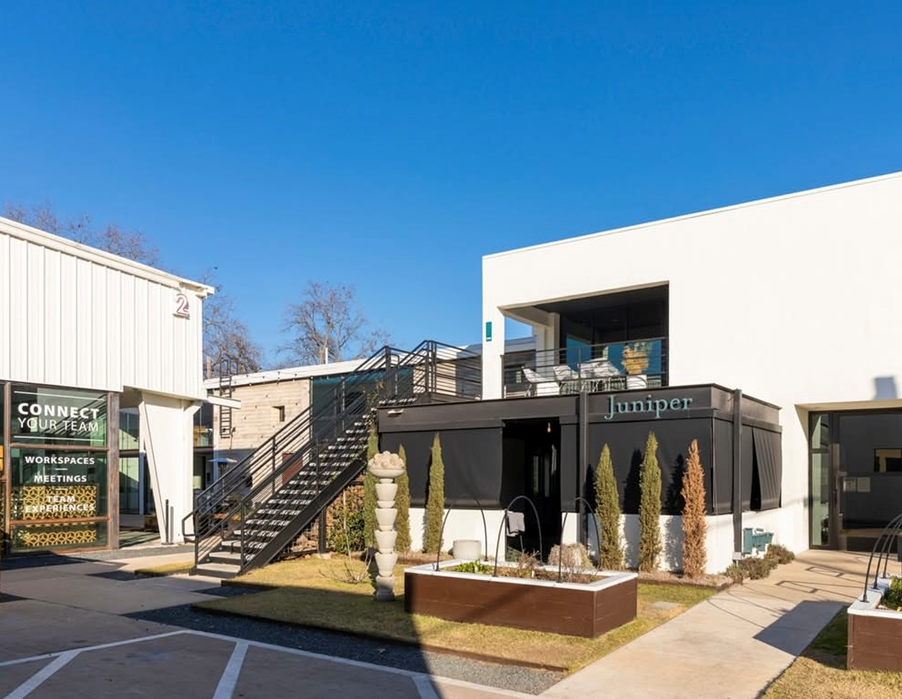
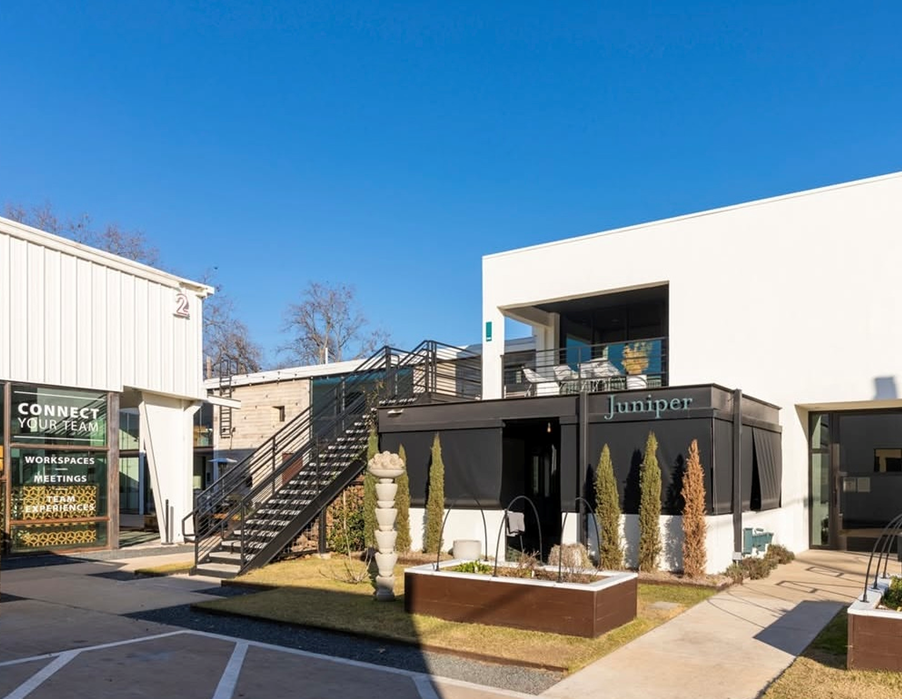
As hybrid work remains the norm, the era of isolated, desk-centric spaces is rapidly waning. Mixed-use office environments are gaining ground as tenants seek more than just square footage—they want vibrant settings that support productivity, mental wellness in the workplace and everyday convenience.
“In today’s office market, particularly when facing return-to-office initiatives, the flight to quality is more critical than ever, with tenants gravitating toward AAA Class office buildings that are hyper-amenitized,” Derek Baker, executive vice president with Colliers’ South Florida division, told Commercial Property Executive.
The need to provide access to all the adjacent spaces that employees expect to have on their doorstep is reshaping the way office buildings are designed and activated. Recent CBRE data shows that companies now prioritize features like full-service dining (55 percent), free parking (24 percent) and well-equipped kitchenettes (21 percent) to improve the in-office experience. Such amenities aren’t just perks anymore—they’re essential for tenant attraction and retention.
READ ALSO: You Bought an Office Building. Now What?
Retail as a cornerstone of office viability
Curated retail offerings have become essential tools for office owners and developers to boost tenant satisfaction, activate underutilized spaces and ensure long-term viability.
“Retail plays a crucial role in making office properties more resilient and competitive, especially as companies push for a return to the workplace,” said Andrew Hellinger, principal of URBAN-X. “Onsite retail, dining and lifestyle amenities provide the convenience and experiences that make office environments more attractive to both employers and employees.”
This is especially true in markets where return-to-office momentum is gaining ground. Cities like Austin and Miami are seeing some of the strongest office attendance recoveries nationally—according to a JLL office market report for the last quarter of 2024—buoyed, in part, by mixed-use office settings that deliver more than just a place to work.
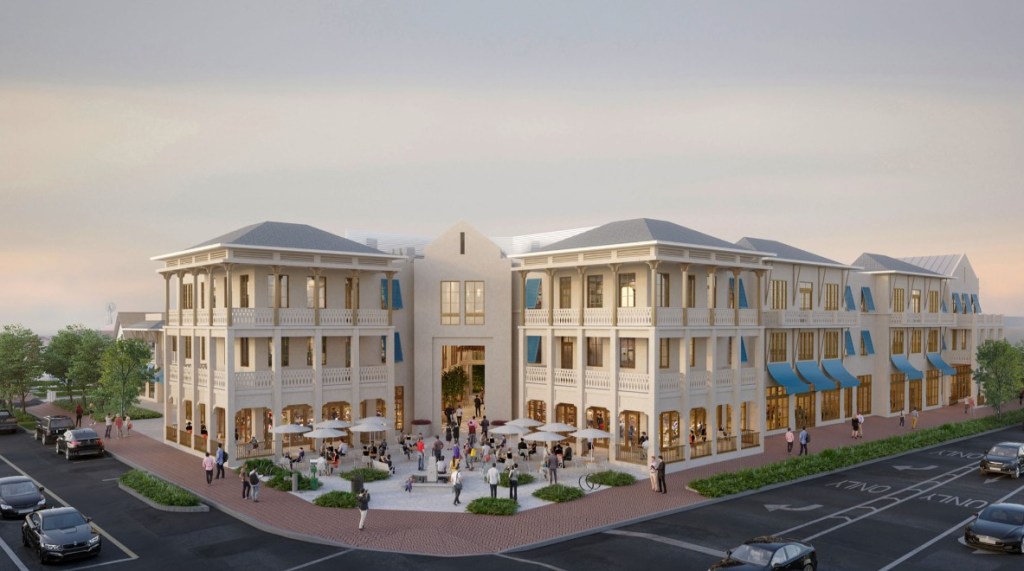
“The old model of office as just a workspace is no longer viable,” believes Todd Rosenberg, managing principal at Pebb Capital. “Retail has become a core part of office placemaking, not an afterthought.”
Retail’s draw goes far beyond convenience. In the current environment, it provides a social anchor—an increasingly important differentiator in competitive leasing markets. For Rosenberg, a modern mixed-use office succeeds by offering curated retail experiences, embracing a hospitality-driven approach to design and service, and prioritizing flexibility and wellness through amenities like outdoor areas, fitness and social spaces.
Pebb Capital put this philosophy into action at 110 East Broward in downtown Fort Lauderdale, Fla. The company brought in Ludlow Coffee Supply, a hybrid café and evening social spot that serves coffee during the day and transitions into a nightlife venue with wine, beer and live music after hours. This move helped “keep the building active outside business hours,” Rosenberg said, supporting a surge in tenant demand at the 343,500-square-foot, 24-story Class A office tower.
Since Pebb acquired the high-rise in mid-2023, it has recorded more than 119,000 square feet in positive absorption—a standout figure in the central business district’s office market—following an extensive enhancement program.
READ ALSO: Why Mixed-Use Developments Are All About the Right Synergies
Another Pebb Capital project, Sundy Village in Delray Beach, Fla., follows a similar blueprint on a larger scale. Currently in the making, the mixed-use office campus is set to blend 180,000 square feet of modern office space with 28,000 square feet of experiential retail including new-to-market restaurants like Double-Knot and Barcelona Wine Bar. The project’s walkable design and hospitality mindset have struck a chord with office users seeking engaging, lifestyle-oriented work environments.
Also in Florida, in St. Petersburg’s EDGE District, 1246 Central Avenue is a newly completed adaptive-reuse development with 16,000 square feet of Class A office space atop 8,000 square feet of ground-floor food and beverage offerings including a new location for Bosphorous Turkish Cuisine. The property pairs flexible office suites with hospitality-driven amenities—such as a 7,000-square-foot communal garden and access to the adjacent Moxy St. Pete hotel’s rooftop pool, fitness club and restaurant—creating a vibrant destination that blends business with leisure.
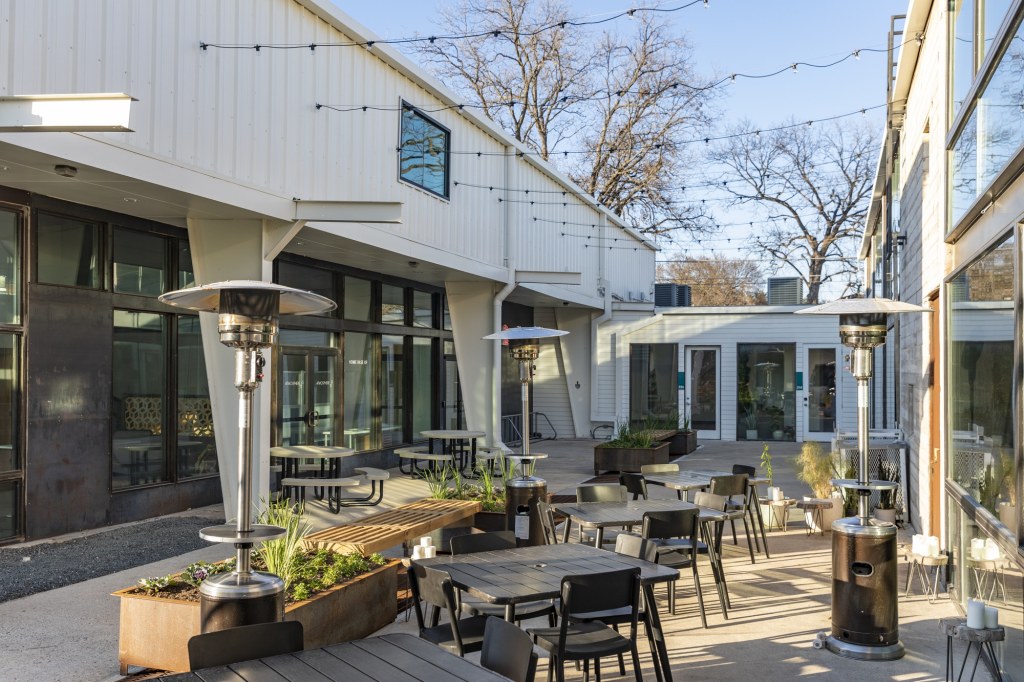
Retail components that draw foot traffic on their own—like restaurants, fitness studios and wellness services—are becoming increasingly important in many office developments, especially when office demand alone can’t sustain retail tenants. As Sherman points out, these “can’t-be-phoned-in” uses are not only viable on their own, but also double as valuable amenities for office workers, enhancing the appeal of the property as a whole.
Holly Commons, a 66,000-square-foot retail and creative office hub in Austin’s buzzing East Side, is another prime example of how thoughtfully integrated environments can thrive. The property hosts tenants like Juniper Restaurant, Rockman Bakery and Diligent Robotics, amid a lively mix of indie boutiques, bars and eateries. With 38,000 square feet of creative office and 28,000 square feet of curated retail, it offers a dynamic, experience-driven setting that mirrors the neighborhood’s evolution.
Originally built in 1945 as an industrial facility, Holly Commons was reimagined between 2015 and 2019. After acquiring the property in 2019, an Arc Capital Partners joint venture executed a full-scale refresh, bringing the space to market-rate tenants and cementing its place in East Austin’s growth story. With retail vacancy in the area sitting at a razor-thin 2 percent, Holly Commons is proving that office can still work—if it plays well with retail.
“This project and projects like it are reshaping the east side of Austin and are a response to changing work habits, urban living preferences and growing demand for experiences that blend residential, office and leisure spaces in close proximity,” said Alex Horn, managing partner & founder of BridgeInvest, the company that recently closed a $19.5 million refinance loan for Holly Commons on behalf of the landlord.
Retail in the reimagined workplace
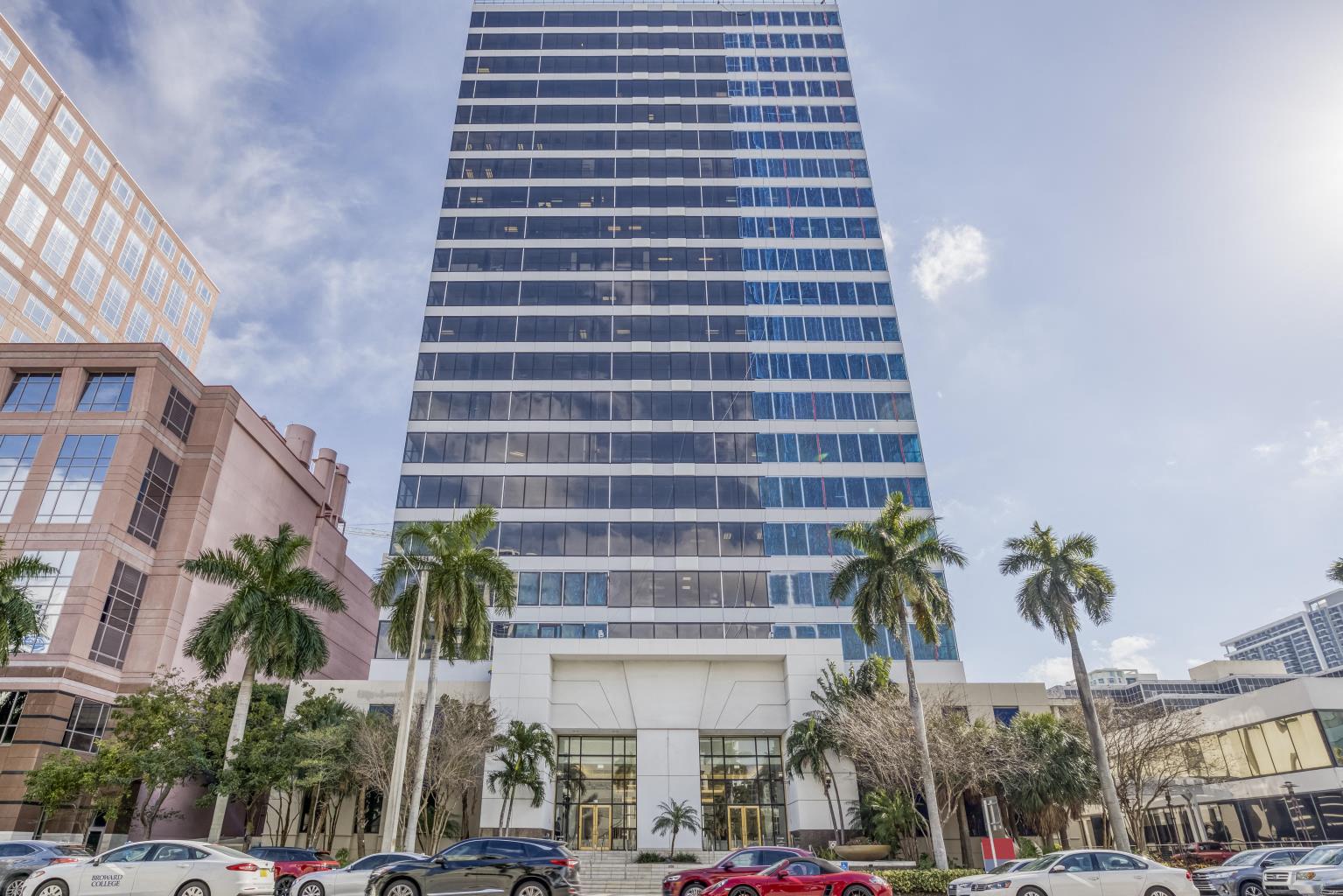
While retail integration won’t be essential in every case, it’s increasingly viewed as a desirable and valuable feature that enhances the appeal and performance of office properties, Horn explains. His view captures a growing industry sentiment: In a competitive leasing landscape, built-in lifestyle elements can offer a critical edge.
Live-work-play environments are now the preferred format, particularly in urban or mixed-use settings. These developments offer office tenants convenient access to dining, fitness and wellness options—features that go beyond perks to support productivity and retention.
“The next generation of office spaces needs to be inviting, dynamic and designed to foster collaboration,” Hellinger said. “Companies that prioritize collaboration will thrive, making these integrated spaces not just more attractive but also more effective in growing a successful business.”
Supporting this, research indicates that collaborative environments enhance employee morale and satisfaction, leading to increased productivity and innovation. Effective collaboration fosters trust and mutual respect among employees, making them feel valued and heard.
But not all office projects need to follow this model. In select locations, traditional office developments still make sense—especially when the surrounding neighborhood already has retail and entertainment or when strong transit infrastructure is in place. As Sherman notes, if the surrounding area functions as an integrated live-and-play environment, an office-only project can still succeed.
READ ALSO: The Office of the Future
However, economic headwinds are reshaping development strategies, with both developers and lenders more cautious nowadays. According to CommercialEdge, new office construction in the U.S. has slowed dramatically, with only 11.3 million square feet initiated in 2024. This decline is attributed to high borrowing and construction costs, coupled with uncertainties over future office demand.
In response, developers are increasingly incorporating retail components to enhance asset value and mitigate risks. Joe Ruiz, a real estate attorney & partner at Day Pitney, noted that lenders and investors view retail integration as a strategy to diversify revenue streams and increase resilience to market shifts.
Moreover, many cities and counties now require mixed-use elements in their zoning codes, further driving the integration of retail and other uses into office projects. This approach creates amenity-rich environments that attract tenants, support occupancy and drive foot traffic, ultimately improving long-term asset performance.
The post Why Retail Belongs in Office Projects appeared first on Commercial Property Executive.

